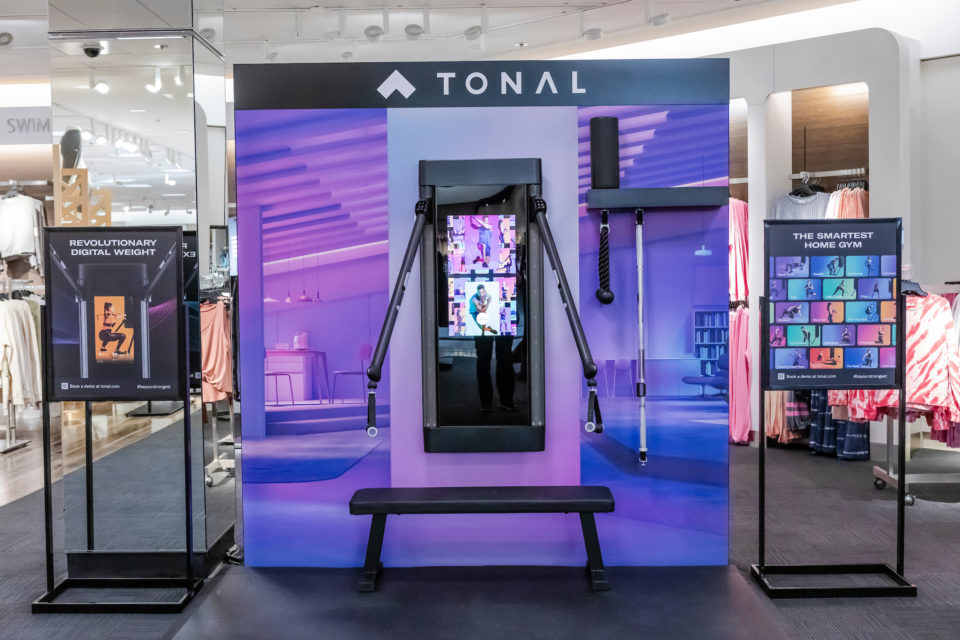Inside the retail strategy of Burberry
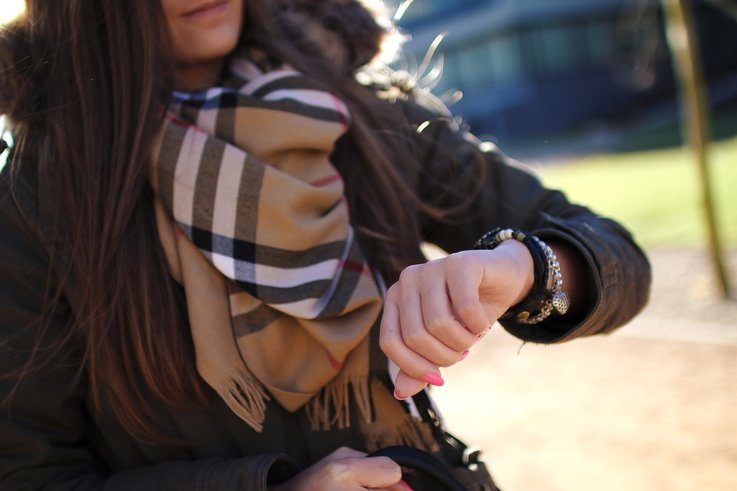
The Burberry name is one of the biggest in British fashion – and beyond.
Founded in 1856, the brand is known for being forward-thinking since the very beginning. It doesn’t just design and sell clothes, but was born of innovation for founder Thomas Burberry also invented gabardine, the weatherproof cotton material which Burberry’s famous trench coats are made out of.
Before today’s fashion-forward shoppers, Burberry gabardine was used by polar explorers, race car drivers, aviators and military officers.
Burberry opened its first store in London in 1891. Since then the company has built up a network of more than 200 own-brand stores worldwide, plus a similar number of department store concessions. Its online business is also booming with a web presence in more than 40 countries worldwide. We take a look at how it does it and what Burberry can teach the rest of retail.
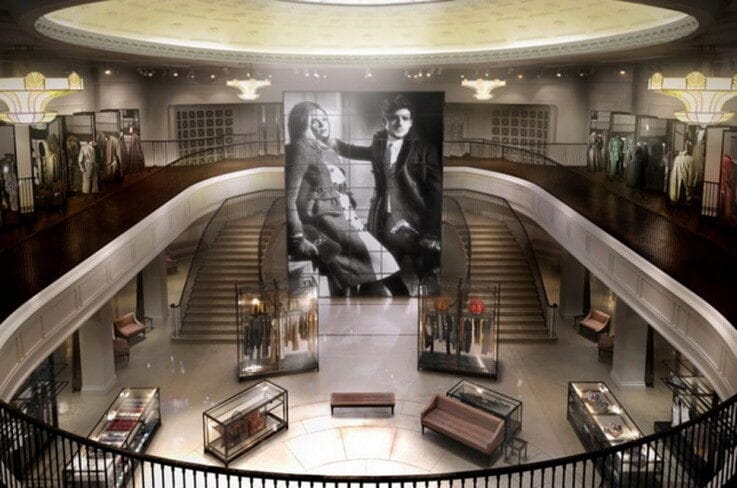
Digital innovation
Burberry may be a heritage brand, but it never been happy to rest on its laurels. Unlike many other long-established brands, Burberry has always been out-in-front when it comes to digital innovation. Since 2006, the company has shifted its mindset to incorporate social media, AI, big data and more into its strategy. Today the brand reaps the benefits of this investment, while others struggle with the changing wants and needs of customers.
Burberry has a presence across 20 different social platforms and a combined following of more than 50 million. In 2016, Burberry launched a chatbot through Facebook Messenger as part of promo around its runway shows. Customers could use the chatbot to get updates and see behind-the-scenes content from the show.
Today they can chat with the bot to browse current collections, see pricing and get recommendations on matching items and accessories. It even has integration with Uber to help customers make their way to the brand’s stores. The chatbot strategy has now been extended to other messaging platforms such as Line and Kakao. Customers can also use the tech in Burberry’s app. By embracing new communication channels, Burberry makes its brand more attractive to younger shoppers. This is vital for the company to ensure it has a new generation of customers.
As far back as 2009 Burberry was experimenting with live-streaming its annual runway shows in order to increase their global reach. Since 2016, Burberry has adopted a ‘see now, buy now’ format for its runway shows with some products available to buy immediately after the show.
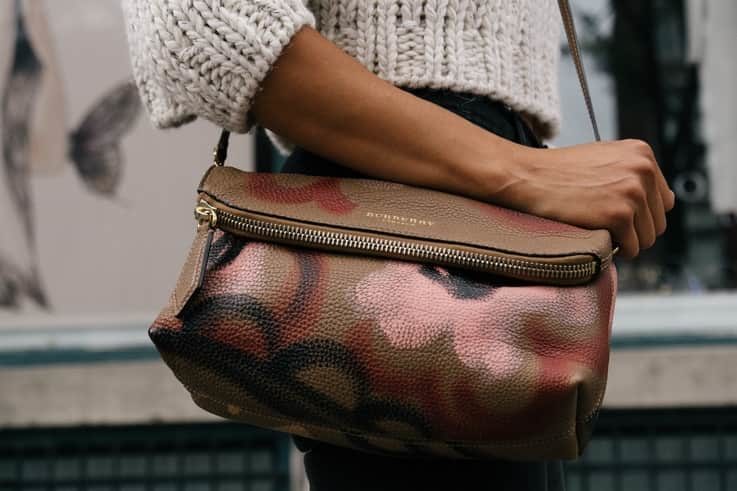
Burberry has also been a first mover in many other new digital channels. It was the first luxury brand to experiment with personalised experiences on Pinterest and the first brand to use a Snapchat Snapcode. Both initiatives were part of specific product campaigns with Burberry tailoring the digital partner to the content – in the case of Pinterest it was make-up and Snapchat was fragrances. Other Burberry firsts include a dedicated Apple Music channel. The brand is also experimenting with enabling customers to buy through the WeChat social media service.
Luxury brands can often be seen as old-fashioned, but Burberry is shaking off this image by incorporating these digital services into its strategy. It also means it can market itself to customers earlier and earlier in the relationship. A teenager might see Burberry’s content on Instagram or Snapchat and start to form an interest in the brand. If Burberry is able to cultivate this then when that teenager becomes an adult with money they may turn to Burberry.
Another way that Burberry is using tech to its benefit is around the challenge of counterfeiting. The company has teamed up with Entrupy, a tech-based authentication service, to use image recognition to determine if a photo is of a genuine Burberry product. The image only needs to be of a tiny section, with the tech able to spot fakes with 98% accuracy through looking for inconsistencies in the texture and weave.
Counterfeiting is a serious and costly issue for luxury businesses. Burberry’s willingness to explore new ways to overcome this will pay dividends if it’s able to weed out the fakes and make sure all sales are for the real thing. The tech also means the company can respond much faster to new instances of fakes being sold online to shut them down before they get going.
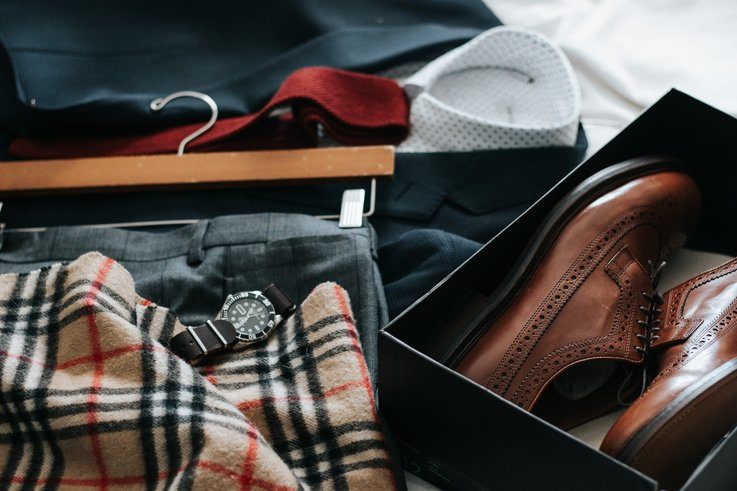
Customer data
Perhaps most interesting though is that Burberry has amassed a huge collection of customer data – as of November 2016 the brand had 12 million people in its database. Customers voluntarily share their information with the brand through its loyalty and reward schemes in exchange for personalised recommendations. It also has an impressive 85% success rate in capturing data from a customer once in-store, which means most visitors are happy to hear from the brand again.
This approach certainly seems be paying off. In 2015, Burberry revealed that by investing in personalised customer management programmes it had achieved a 50% increase in return business. Burberry is also able to use its database to help sales assistants access a customer’s purchase history and social media activity. This enables them to offer a more personalised experience.
Every type of retailer is aware of the value of customer data. Burberry has worked hard to make sure that what it gives it customers in return for their data seems valuable enough to warrant handing it over. Apart from helping refine its communications, and personalise interactions, this data can also give Burberry a higher-level view of who their customers are. This can help inform everything from its designs to visual merchandising.
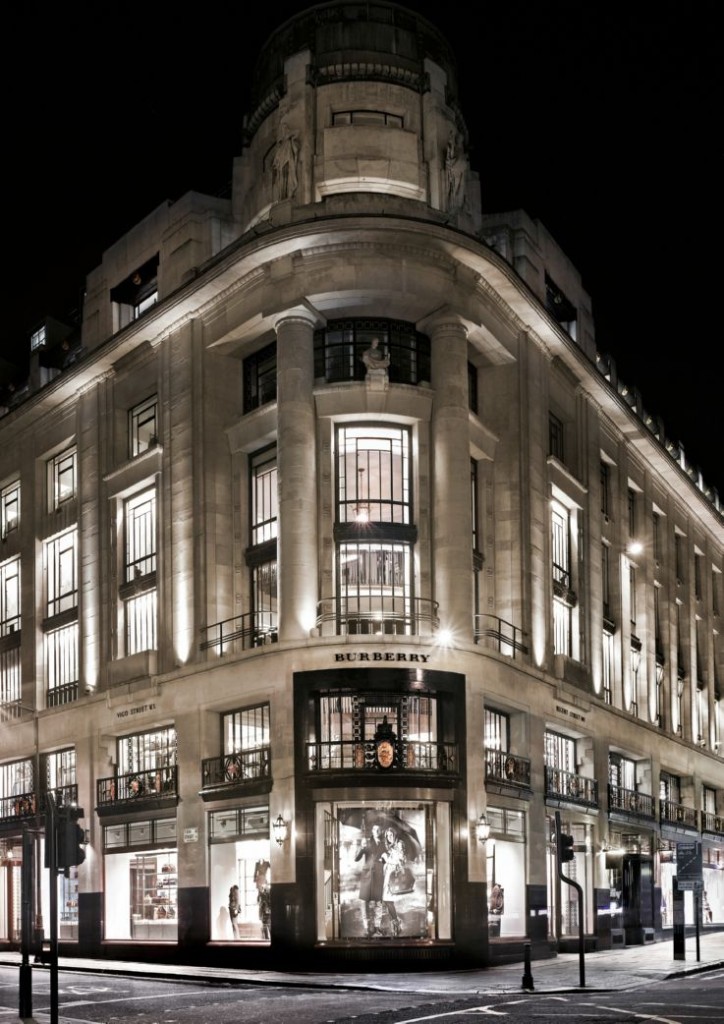
Physical stores
Burberry’s stores are where a large number of people interact with its brand. The company has implemented a company-wide service model to make sure that all staff work to the same high standards of service. It also ensures that they focus on building long-term customer relationships.
This is because Burberry understands that someone may not buy on their first visit to the brand, but they may well buy in the future. Likewise, if someone does make a purchase, the brand wants to make sure it’s not a one-off. Having a relationship with a brand is an important element of this. If a customer feels understood, appreciated, wanted and valued then they are going to want to keep spending time with the company that gives them that attention.
The design of the stores and visual merchandising are also carefully thought out. Wall colours are usually neutral with darker accents and furniture. Together it brings to mind Burberry’s classic trench coat or tartan. This is a clever bit of branding that’s often missing from other retailers’ stores.
As usual, Burberry is very much ahead of the curve with its in-store tech. While RFID is still being explored by retail as a whole, Burberry has been implementing the tech in-store since 2012. Many products in its range are fitted with RFID tags. Shoppers can use their smartphone to interact with these to gain access to extra content – from how a product was made to recommendations on looks.
In fact, when Burberry opened its Regent Street flagship in 2012 it was designed to be the physical version of its website, known as Burberry World Live. Alongside RFID tags, the store uses tech to make its service more seamless. This includes the ability for assistants to take payments anywhere, high-speed lifts that help with speedy stock checks and iPads for kids to draw on in childrenswear.
The store also offers unique experiences, whether it’s live-streaming the latest Burberry runway show, or a live gig on the in-store stage. Burberry understands that customers are coming to the store for something that they can’t get elsewhere – particularly online.
This desire for experience may be particularly strong when it comes to luxury. If you’ve saved up to buy a Burberry trench coat would you rather just click buy on a website, or would you want to go in-store to get the VIP treatment?
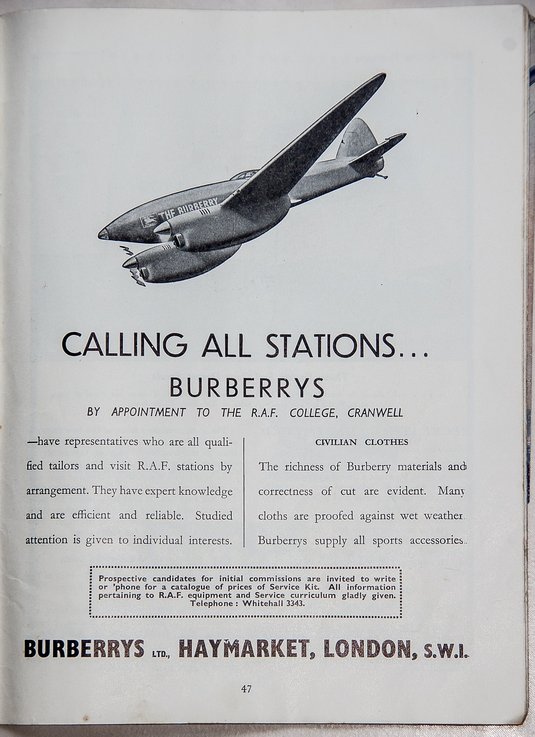
Refocus on luxury
Burberry has always been a luxury brand, but reports from late last year indicate that new chief exec Marco Gobbetti plans to make it even more upmarket. In order to do this it will pull Burberry products from some department stores, and up the prices on some product ranges.
It’s an interesting approach. By reducing the number of outlets carrying its products outside of its own stores, Burberry will create a greater feeling of exclusivity around them. Higher price tags will also push the products out of the range of more shoppers, which again will make them seem more exclusive. It may also increase the aspirational nature of the brand.
But Burberry will have to weather a drop in sales, hopefully just short-term, while this new strategy is put into place. The brand may also incur some negative publicity from brand fans that may not be able to afford the higher prices.
The new strategy also includes plans to refit Burberry physical stores to heighten the luxury experience. This may help the brand to justify its higher prices by setting them against a more expensive-feeling backdrop. With physical stores being the easiest way for a brand to totally immerse a customer in their world, it makes sense that Burberry would focus efforts here when trying to reposition itself.
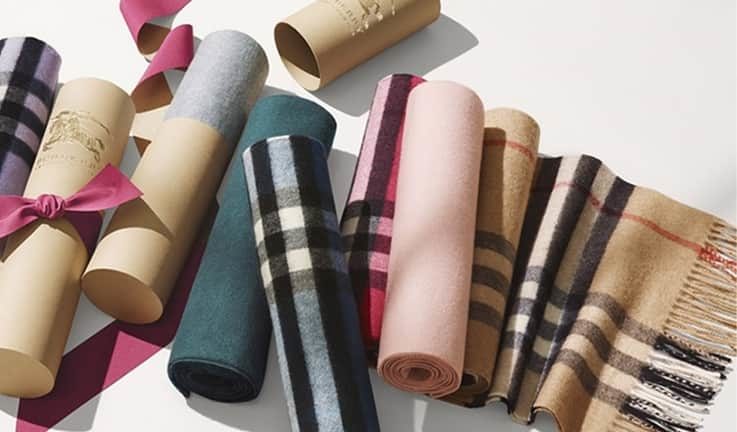
What can we learn?
As you can see, there is a lot that retailers can learn from Burberry.
Number one though is to not be afraid to take risks. Burberry is a pioneer in many new developments and is always on the cutting-edge of what new tech is out there. It’s already looking into virtual and alternate reality possibilities. Even if nothing comes of this, the fact that the brand is aware of the tech and educating itself on it puts it ahead of many others.
It’s not afraid to dip a toe in and try something – whether that’s through a new social media channel or sales model. This reputation as an innovator means that even when it’s not doing something new, people are still watching Burberry with interest.
The company is also very secure in who it is as a brand. It’s proud of its heritage and history, but always looking ahead. It balances serving its existing client base with the knowledge that it also needs to attract the next. Its stores offer customers a slice of special treatment that they can’t buy online and this is tied into the value felt in its products. And any good retailer should want to do the same.
For more Burberry insights don’t miss our 30 top facts about the brand – you might be surprised by what you don’t know. Plus, find out how storytelling can improve your retail business and help you sell more.
Want to go straight to the hottest retail technologies, latest disruptive thinking and simplest new ways to lower costs and boost sales? Transform your team’s thinking using Insider Trends’ little black book. Find out how here.


